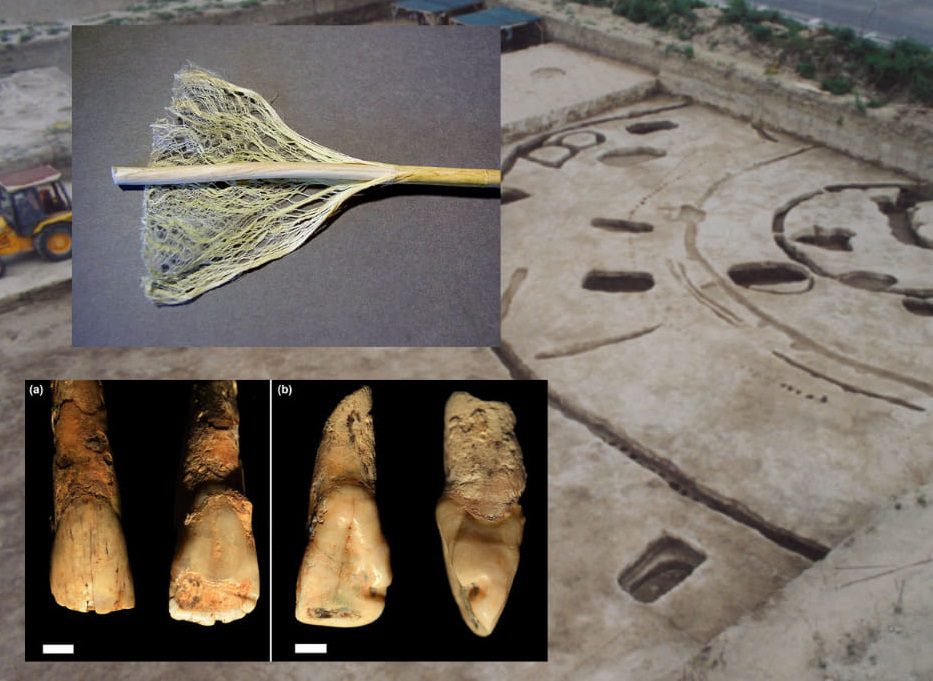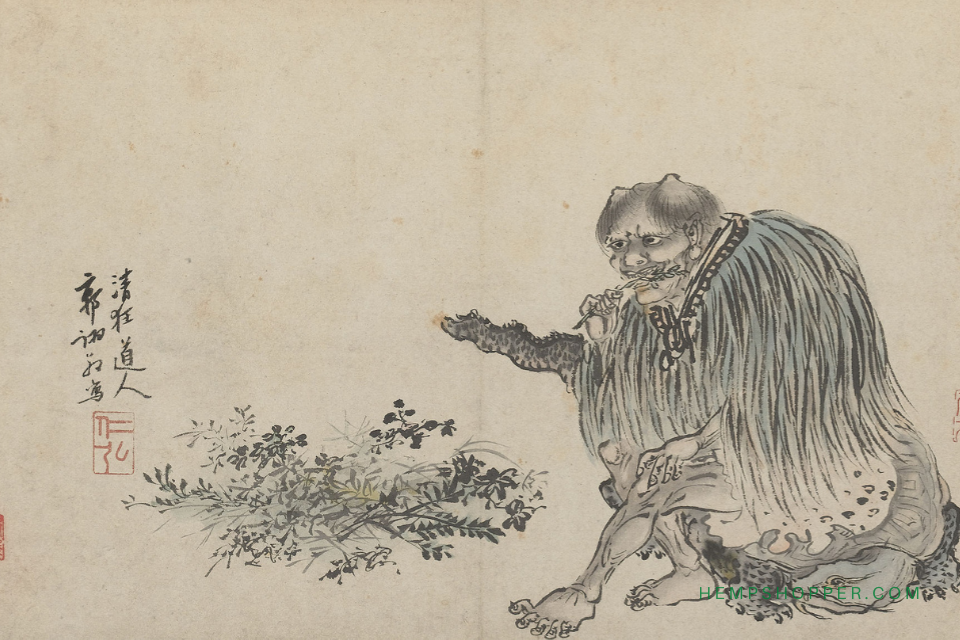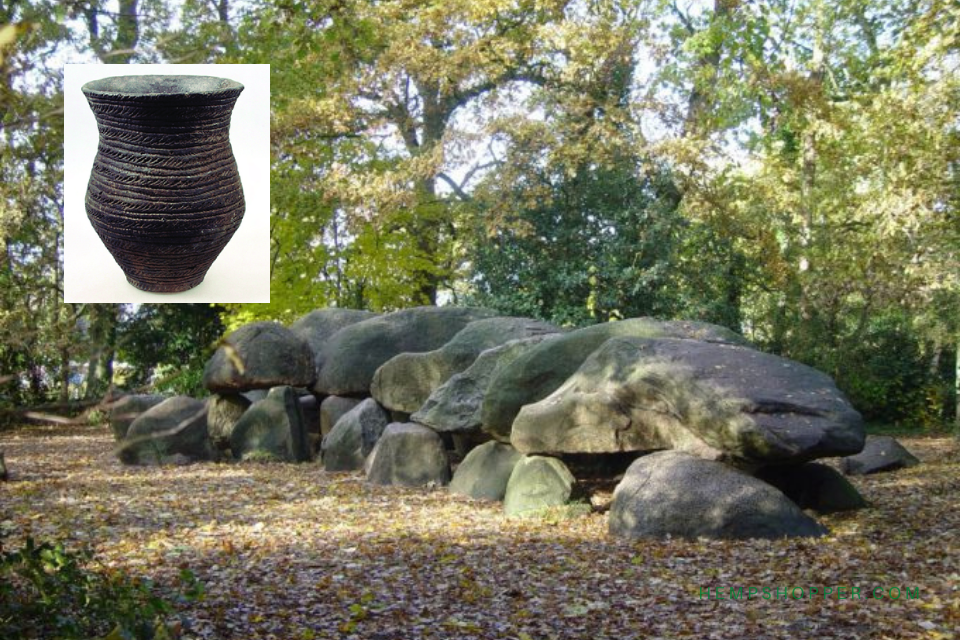2500-1800 BC: People in Italy chew cannabis to make hemp fabric and tools.

2500-1800 BC: People in Italy chew cannabis to make hemp fabric and tools.
Archaeologists discovered that ancient people in Italy used their teeth to process cannabis into string and cloth.
In a paper in the American Journal of Physical Anthropology, the group of scientists led by Alessandra Sperduti of the Museo delle Civiltà in Rome detailed their analysis of the teeth of 200 individuals who were buried in a cemetery at the Early Bronze Age site of Gricignano d’Aversa just north of Naples.
They found grooves near the chewing surfaces of the teeth of 28 females and one male. The pattern of the grooves is consistent with the hypothesis of yarn production — or weaving preparation. “But the most interesting find,” the researchers write, “is the evidence of three micro-fragments of fibers in two female individuals.” The fibers fragments appear to be hemp (Cannabis sativa), and are a perfect match for the width of the tooth grooves.
Additionally, it’s interesting to notice the similarities with the traditional hemp processing methods as preserved by today’s Hmong people, for example.
Next 2300 BCE: Beaker culture uses cannabis in The Netherlands.
2500-1800 BC: People in Italy chew cannabis to make hemp fabric and tools.
Source: Ancient Italian Skeletons Had Hemp In Their Teeth, Archaeologists Discover". Forbes. August 2018


 Hempshopper Amsterdam
Hempshopper Amsterdam 






